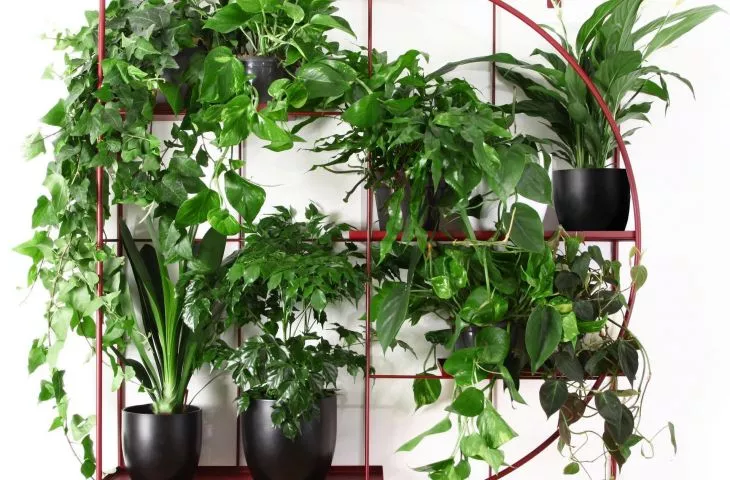The topic of environmentalism, both on a global scale and on a micro level, i.e. concerning our immediate environment, is not a new issue, but pro-environmental discussions and practices have particularly resounded in connection with the coronavirus pandemic. Within a short period of time, the issue of health - in the multifaceted sense, not just the immediate one - has become more important to many people than economic issues. And we must remember that healthy and environmentally friendly solutions in our homes do not have to involve a large financial outlay at all.
The sense of danger and disruption of the existing order has largely made us pay more attention to various stressors that have a negative impact on daily life, both physically and mentally. Hence, there is a clear shift towards more sustainable strategies, involving the design of social life in the broadest sense, as far as the macro scale is concerned, while on the micro scale, finding a balance between daily practices and environmental protection, which ultimately translates, in fact, into our resilience or well-being.
generational zero waste
In the area of ecology, as in many other areas, the simplest solutions are the best ones, and it is often the case that green strategies arise, paradoxically, from economic motives and the desire or necessity to save money. Let's start with the issue of heating and solutions that we rather associate with the practices of the older generation. This is, for example, dressing warmer at home, using thick quilts instead of turning up the radiator, burning the stove or turning on the radiators, using simple home insulation such as carpets, heavy curtains or other thermal protection used on the floor or near windows. Another issue is water consumption and the practice of washing dishes in a water-filled sink, rather than cleaning them under running water. Likewise, by the way, is the choice of a quick shower in place of long drips with a bathtub filled to the brim. Another theme is food issues based on the practice of zero waste, i.e., reusing in various forms everything we buy to eat and going further - buying from reliable, organic sources whenever possible. Choosing a local vegetable shop or market instead of a big supermarket is not difficult. The trivial act of drinking tap water instead of buying the bottled one is also often dictated by economic issues, yet it contributes enormously to reducing plastic consumption. This kind of activity, used often unconsciously from an ecological point of view by the older generation, has a very big impact on environmental protection and consumption of raw materials.
a different home is possible
When it comes to the design of our homes, it is important to choose materials that have a low ecological footprint and to use lighting that is suitable for our health and that of the planet. Such natural, non-toxic materials include oiled wood or eco-friendly linoleum, for example, instead of glued vinyl carpets or furniture boards glued and treated with toxic substances. Another step is to use clay plaster and 0 VOC paints, or eco-friendly paints referred to as green paints. The issue of greenery in the interior, which regulates humidity but also has a positive effect on well-being, is also extremely important, starting with decorative plants and attempting to create your own mini-garden of herbs, also used in the kitchen.
small steps strategy
This approach, which can be started gradually, is not only to act in the name of ecology and the great common cause, which can often seem like something distant. It's also taking care of itself or the ecosystem, which takes on a therapeutic nature physically as well as mentally. After all, the first step is to start with yourself and your inner self.














